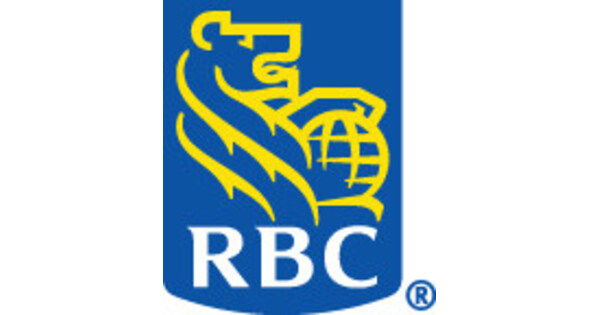If you are planning to invest in mutual funds this year, one of the dilemmas you may face is choosing between active and passive mutual funds.
With the benchmark index facing extreme volatility and having lost nearly 10 per cent off its peak, the scope of growth seems promising in this segment. It’s a different matter that some of the losses have already been pared, with Nifty50 rising by nearly 2 per cent on the second session of 2025, i.e., on Thursday.
Moreover, Sebi has rolled out the mutual fund lite framework, following which index funds are likely to get a shot in the arm.
The latest guidelines underscore uniform guidelines for launching equity passive schemes. With the entry barrier for launching index mutual funds kept lower for passive schemes under this framework, retail investors are expected to find these schemes far more lucrative and tempting.
“The Sebi’s Lite framework provides a good opportunity for investors to invest in passive funds. They have brought in uniformity in regulations for passive schemes, it is quite a welcoming move for the first time investors,” says Sridharan S., a Sebi-registered investment advisor and founder of Wealth Ladder Direct.
What are passive schemes?
For the unversed, passive schemes refer to mutual funds that invest in the stocks in a pre-defined ratio and in accordance with pre-defined criteria, which is the same as that of a benchmark index.
For instance, a passive scheme that tracks the Nifty 100 index will invest in the same stocks and in the same proportion as Nifty 100 does.
As a result, the performance delivered by the mutual fund is the same as that of index, albeit subject to some tracking error.
This means that, unlike active funds—which more often than not fail to beat the benchmark returns—passive funds are far more predictable.
There are 270 index funds with total assets under management (AUMs) of ₹2.73 lakh crore and 214 ETFs with total AUMs of ₹7.85 lakh crore.
Given this high concentration of index funds that are expected to deliver returns on predictable lines, investors find these schemes quite tempting and investible.
“As more and more investors understand that generating alpha for a longer period from active mutual funds is not easy, they are more interested in passive mutual funds, which are very cost-effective and a no-brainer for the investors,” says Preeti Zende, founder of Apna Dhan Financial Services.











Leave a Reply